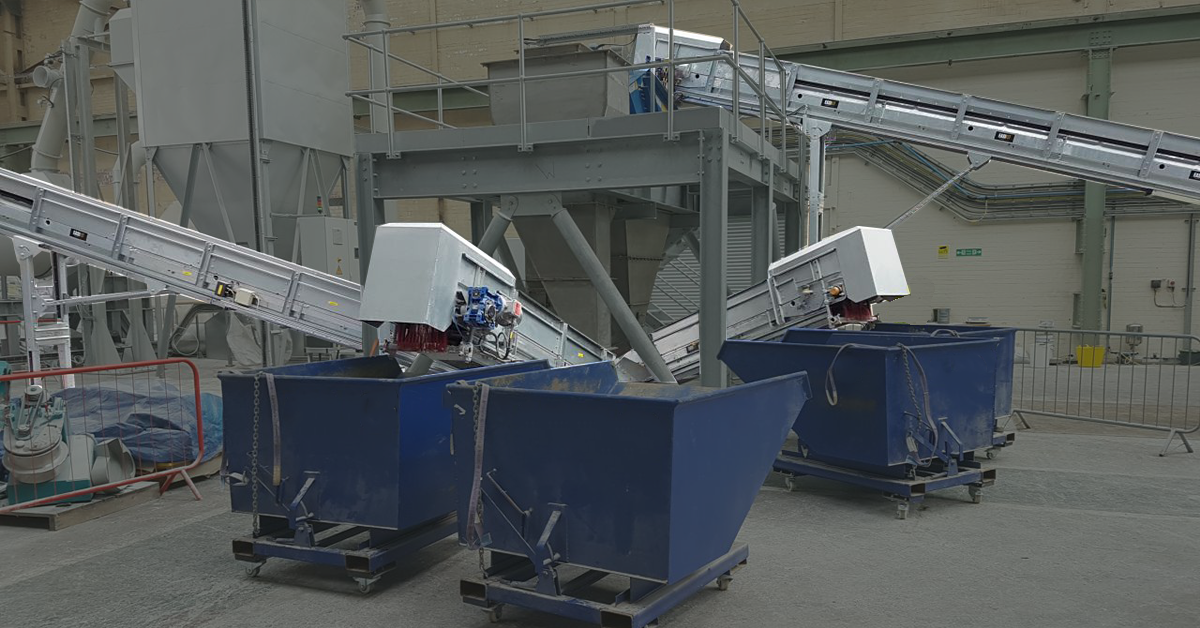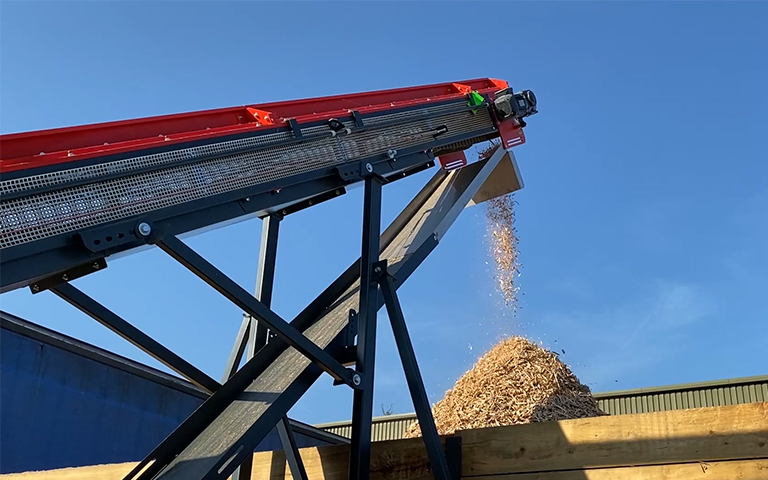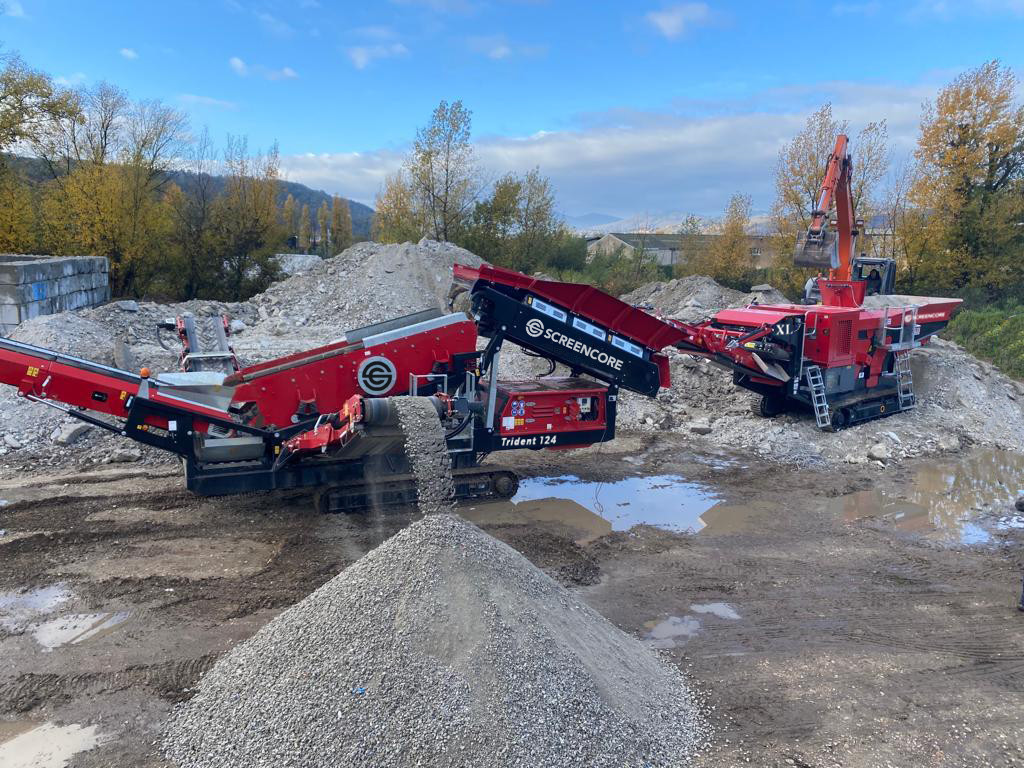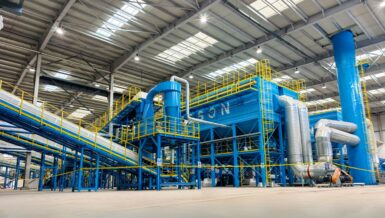Steel mill, foundry, ferrous and non-ferrous metal scrap is recycled and returned to the material cycle on this huge site. The company is firmly focused on an environmentally friendly and sustainable recycling process in all respects. Pallatzky has recently taken a major step in environmental protection and process optimization by redesigning its wastewater management system using electrocoagulation – a best practice example for the entire industry.
Cost-efficient water treatment using electricity and free of chemicals
Jürgen Berger, Managing Director of Pallatzky GmbH: “The legal requirements for our industry and its processing chain have been increasing for years. Our philosophy is to recycle metals in the most environmentally friendly and economical way possible. Wastewater is playing an increasingly important role in this. For this reason, we are now very pleased to have found an extremely efficient, chemical-free and reliable process with electrocoagulation and the RedBOX from MORSELT“.
With the help of a small reactor, the RedBOX builds up an electrical voltage current which is fed into the reactor pool filled with the dirty process water. The metal plates of the RedBOX in the tank then release metal ions as sacrificial anodes to the very heavily polluted water. These metal ions react in the RedBOX with the pollutants from the wastewater and combine to flakes, which can then be filtered out and separately recycled in the next step.

Niek Assink, wastewater expert at MORSELT: “The requirements for the water treatment of a scrap yard are very high. Everyone can easily imagine that the scrap stored here can be heavily polluted per se and contaminated with substances harmful to water. Typical examples of contamination are metal chips from machining. These are contaminated in the manufacturing process with an emulsified water-oil mixture so that the CNC machine is cooled by the water and lubricated by the oil at the same time. Processing this water-oil mixture means a great challenge for the responsible managers of the recycling companies, as it can not easily be split up. And also paints, varnishes or, for example, flaking powder coatings, which can get into the soil and thus into the groundwater, are also big challenges for water treatment”.
Convincing: from the laboratory sample to the pilot to implementation
The integration of the MORSELT RedBOX into the existing, to be optimized wastewater concept of Pallatzky was very easy. “We started with a heavily contaminated laboratory sample. And this alone set the MORSELT development engineers a very though nut of a task,” admits Jürgen Berger. And Niek Assink adds: “Such samples, even with the most difficult initial values, are our daily business and, as with Pallatzky, of course also a door opener.“ Because: the first results of the electrocoagulation exceeded the expectations of the recycling company by far.

This was followed by an on-site pilot test with a RedBOX test system to determine and design the final solution for the new treatment plant. In the end, the contamination levels of mineral oil, zinc, and phosphates, for example, could be reduced by up to 99%.

Jürgen Berger: “The project work and implementation with MORSELT were very cooperative, as our two companies are working together to optimize the water treatment from an environmental and economic point of view. With the RedBOX, the previous very expensive wastewater treatment in the regional treatment plant is no longer necessary. Now we are able to deliver very clean process water to the wastewater treatment plant. And that without the use of chemicals,” says Berger enthusiastically.
Niek Assink: “The RedBOX and the electrocoagulation process provide a very effective solution for the recycling industry, but also for all other industries that work with heavily polluted process water. Where the process water should not get into the sewage water system, we can operate it in a circuit with a downstream membrane plant.”
For more than thirty years, throughout Europe, the experts from MORSELT WATERTECHNIEK BV, based in the Dutch City of Borne, have been the right address for all facets of wastewater treatment and water technology for industry and municipalities. The company is a member of the North Rhine-Westphalian based SPALECK Group, a mechanical engineering company and supplier focused on environmental technologies.

























